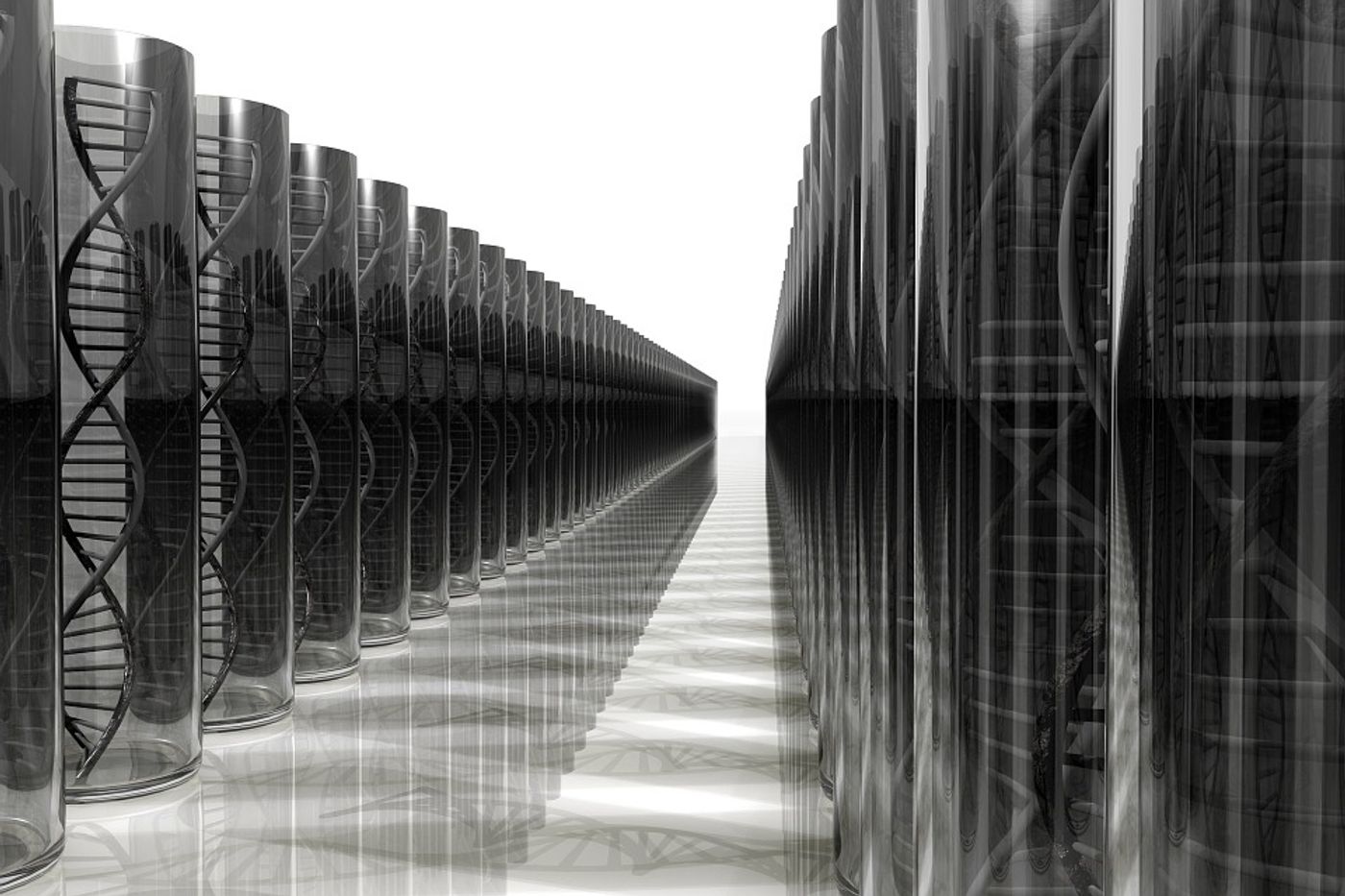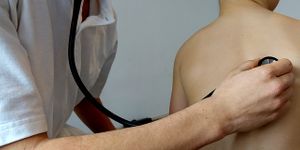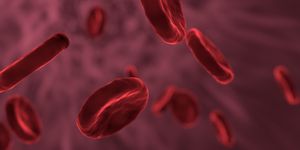New Tool Can Reveal Genes Underlying Rare Disorders
Finding the gene defect that results in an inherited disease used to be a long, painstaking process. Now researchers are hoping to dramatically advance our understanding of genetic disorders with a new technique. We all inherit one copy or allele of every gene from our mother and another copy from our father. This method takes advantage of that genetic characteristic by analyzing the activity of those two alleles. When the expression of the maternal or paternal allele is out of the normal range, it suggests that it may be involved in a disease.
The researchers also tested their methodology and revealed genes that can cause rare muscular dystrophies when they contain mutations. The findings have been reported in Science.
"Adding this method to our toolkit should allow us to detect the causes of rare genetic diseases for some of the cases in which standard methods fail," said the first author of the report, Pejman Mohammadi, Ph.D., an assistant professor in the Department of Integrative Structural and Computational Biology at Scripps Research. He worked in collaboration with the lab of Tuuli Lappalainen at the Department of Systems Biology at Columbia University.
Advancements in genetic technologies have enabled researchers to sequence a person’s genes easily. That can often identify disease-causing mutations quickly if the affected person is carrying an obvious mutation that alters the gene and its resulting protein significantly.
However, Mohammadi noted that more than half of rare inherited diseases are due to subtle mutations that the typical techniques won’t reveal. Disease-causing mutations may lie outside the coding region of a gene, for example, which affects its expression but not the RNA sequence or protein that comes from it. These mutations may also sit in only the maternal or paternal copy of the gene.
By comparing the expression of maternal and paternal alleles abnormal expression patterns can be found. That's a way to assess the expression of two copies of a gene in the same individual as well, rather than comparing it to a completely different person.
"Even if you had an identical twin, the fact that the twin ate a burger this morning and you didn't would create differences between you in the activity levels of many genes," Mohammadi explained.
This tool, called ANEVA-DOT (analysis of expression variation--dosage outlier test), also takes gene expression data from large public databases into account to find the normal expression ranges for every gene. After finding genes that are not within the normal activity range, scientists can then zero in on a small subset of our 20,000 or so genes to find the one causing a disease.
"It might tell you there are ten or twenty genes with allele activity levels that are way off, and you can then follow up to determine which of those is causing the disease, but compared with other methods, it cuts down dramatically the number of genes you have to analyze in that way," Mohammadi said.
The scientists applied ANEVA-DOT to a group of people with genetic disease that are similar to muscular dystrophy. They were able to find imbalances in gene expression and the gene associated with the disease in individuals that had received a diagnosis. For many patients that did not yet have a diagnosis, the tool generated a list of genes related to muscles that are potentially connected to their disorder. In one case, that short list allowed the researchers to find the gene that probably caused the disease by the time their paper was submitted.
A children’s hospital in San Diego is now using ANEVA-DOT to diagnose genetic diseases in newborn babies.
Lappalainen is featured discussing the future of genetics in the video.
Sources: AAAS/Eurekalert! via Scripps Research Institute, Science









